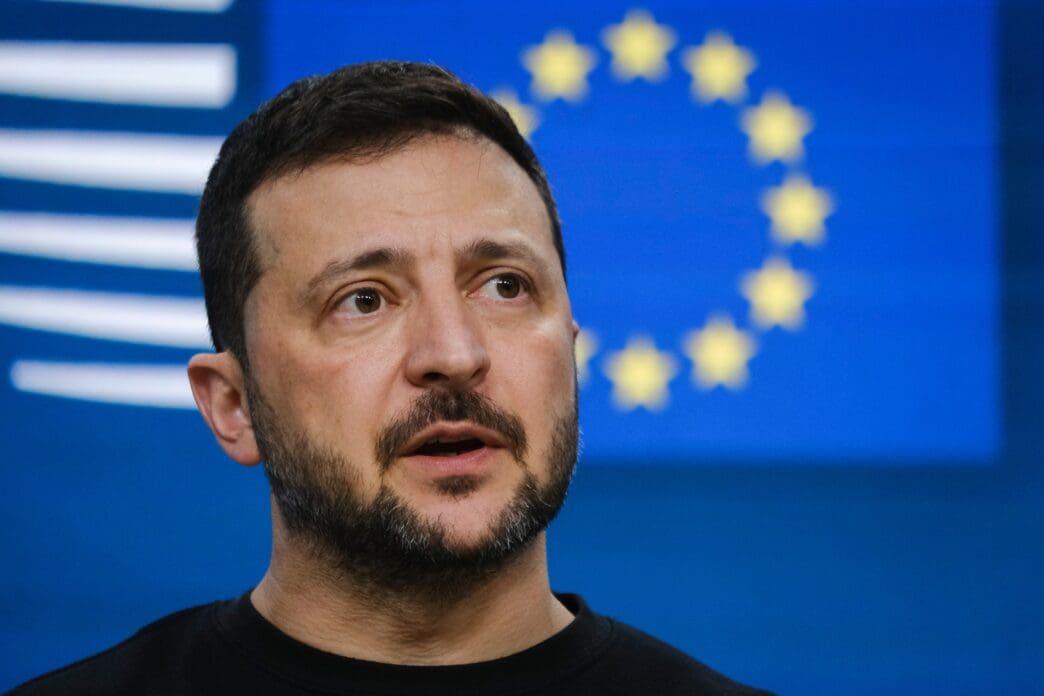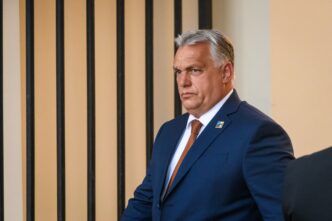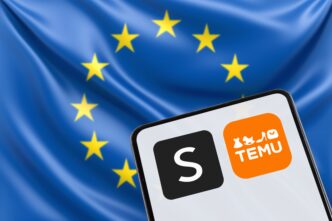Executive Summary
The Story So Far
Why This Matters
Who Thinks What?
As a potential summit between President Donald Trump and Russian President Vladimir Putin looms in Budapest, drawing criticism for its timing and venue, the European Union is moving ahead with a significant three-pronged strategy to bolster Ukraine’s position. Despite concerns that Europe is being politically sidelined by the proposed talks, Brussels is finalizing a €140 billion loan backed by frozen Russian assets, preparing a 19th package of sanctions, and accelerating arms deliveries to ensure Kyiv holds the strongest possible hand in any future ceasefire negotiations.
Budapest Summit Sparks Controversy
The prospect of a summit in Budapest, hosted by Hungarian Prime Minister Viktor Orbán, has ignited controversy across Europe. Vladimir Putin, who is subject to an International Criminal Court (ICC) warrant, could potentially walk on EU soil under Orbán’s promise of “safe entry and return.” Lithuania’s foreign minister, for example, has stated that “the only place for war criminals in Europe is The Hague.”
Analysts, such as Michał Matlak speaking on TVP World, view the choice of Budapest as “a slap in the face for the European Union” and “a direct challenge to its credibility.” The symbolic weight of Budapest, where Ukraine relinquished its nuclear arsenal in exchange for security guarantees that Russia later violated, further underscores the political sensitivities surrounding the proposed meeting.
Europe’s Practical Response
While the political theater unfolds in Budapest, Europe is focusing on concrete actions to support Ukraine. In Brussels, EU leaders are advancing a comprehensive plan that includes a “reparations loan,” a new package of sanctions targeting Russia’s economy, and an intensified effort to provide weapons and training for Ukrainian forces.
A joint statement from Ursula von der Leyen, António Costa, and eight European leaders emphasized that Ukraine “must be in the strongest possible position before, during and after any ceasefire.” This coordinated effort aims to provide Ukraine with sustained leverage, irrespective of diplomatic overtures.
Making Putin Pay: The Reparations Loan
Central to Europe’s strategy is a long-term “reparations loan” of €140 billion, derived from the profits of frozen Russian sovereign assets, primarily held within the Euroclear system in Belgium. This innovative financial mechanism aims to provide immediate funds to Ukraine, with the understanding that Moscow would only be repaid if it fulfills its obligation to pay war damages.
While some European states, including Belgium, have expressed concerns about the reputational risk and the credibility of the euro, others, like Estonia’s Prime Minister Kaja Kallas, see it as an opportunity to “make Putin pay.” The Kremlin has vehemently denounced the plan as “the unlawful seizure of Russian property: theft.” If approved, this financial lifeline could secure Ukraine’s finances for at least the next two years.
Tightening Economic Sanctions
Europe is also preparing its 19th sanctions package, designed to further constrict Russia’s economic lifelines. This new round of measures will target critical networks, including banks, cryptocurrency channels, and the “shadow fleet” of tankers used to circumvent existing oil restrictions. It also seeks to directly impact Russia’s energy revenues, aligning with a bloc-wide agreement to phase out Russian gas by 2028.
Negotiations among member states continue, with Slovakia’s Prime Minister Robert Fico seeking concessions related to energy costs and its car industry. Meanwhile, countries like Denmark and Lithuania are advocating for secondary sanctions to close remaining loopholes, reflecting a broad consensus that “time is against Putin,” as stated by France’s Foreign Minister Jean-Noël Barrot.
Bolstering Ukraine’s Firepower
In response to gaps in military aid, Europe is stepping up its efforts to equip Ukraine. Germany is expanding maintenance hubs for Leopard tanks and finalizing new Patriot missile contracts with its defense industry to enhance Ukraine’s air defenses. France and Italy are preparing additional missile deliveries, and the Czech-led ammunition scheme has resumed supplies after previous delays.
Furthermore, the EU’s training mission, EUMAM, is set to extend its operations directly into Ukraine, bringing instructors closer to the front lines. Concurrently, the United Kingdom is hosting the “Coalition of the Willing” to coordinate new pledges and further “cripple Putin’s war machine.”
The Future of Borders in Europe
Underlying Europe’s intensified actions is a profound concern that Donald Trump could leverage U.S. influence to press Ukraine into a ceasefire that freezes current front lines and legitimizes Russia’s occupation of eastern Ukrainian territories. President Trump recently suggested the war should be “left the way it is now,” with Russia controlling approximately 78% of Donbas.
EU diplomats reportedly view such an outcome as the first forced border change in Europe since 1945, warning of significant instability, particularly for the Baltic states, and a potential “massive rearmament” across the continent. The joint statement from President Zelenskyy and European leaders serves as a clear warning: “International borders must not be changed by force.” For Brussels, the new financial and military aid is not merely support, but a strategic deterrent, demonstrating Europe’s resolve to sustain Ukraine’s defense long after any high-profile summit concludes.








